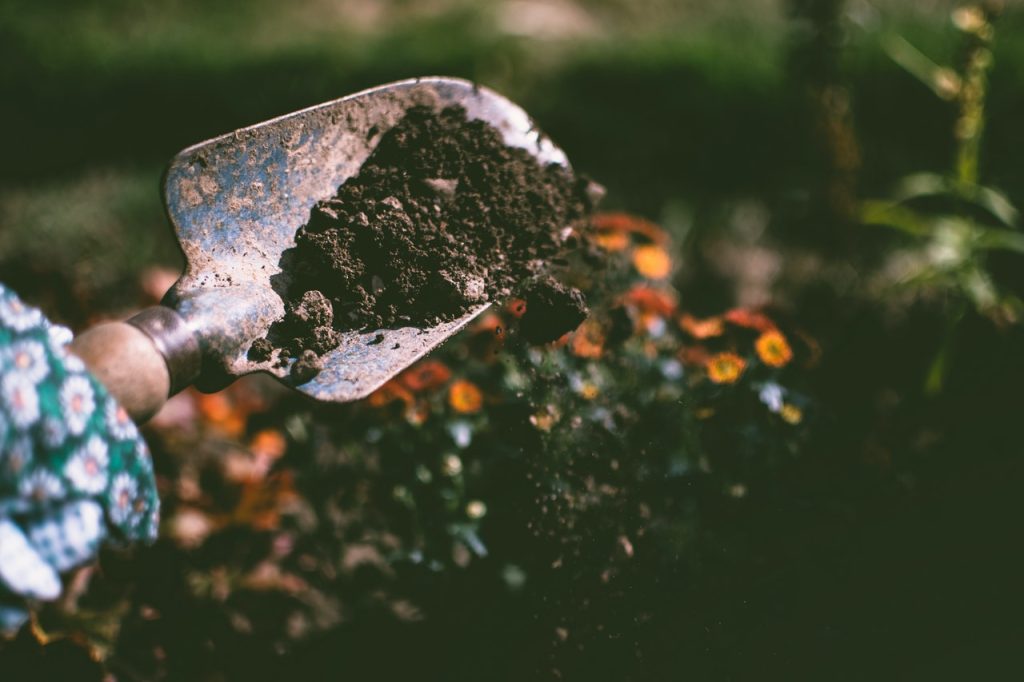
Modern landscaping is more akin to an architectural movement than simply a method of gardening. Although plants play a role in modern landscaping, their appearance is somewhat more understated than what one would expect to find in an average backyard. To answer the question of “What is modern landscaping?” one needs to focus on aspects of design, materials and function. These are influenced by architectural schools of thought such as Brutalism, the Prairie School movement pioneered by Frank Lloyd Wright, Bauhaus and more. In this article we further investigate the main elements that comprise modern landscaping.
Design
Modern landscaping design is typically evidenced by sleek, clean and straight lines with minimal reliance on colour. Any colour used complements, rather than competes, with its architectural surroundings. Walkways and paths are typically bold and symmetrical rather than meandering and unpolished. Perennial plants that create a consistent backdrop are preferred over colourful annuals while mulches, gravels and concrete can be used to add to the uniform design aesthetic through texture and pattern.
Materials
Favoured hardscaping materials in modern landscaping are concrete, metal and fibreglass. Materials such as wood, brick and natural stone are typically frowned upon due to their more natural, organic leanings. Low maintenance plants that provide a sustainable and enduring palette throughout the year are preferred over annuals that require regular upkeep. Pool type water features are often employed to add an extra sense of drama.
Function
Sustainability and low maintenance are common themes in modern landscaping. Water conservation, composting and natural power generated by the wind and sun are often significant features in plots guided by modern landscaping principles. Aesthetically clean lines lead to a functionality that may be less important for an area that is more about actual gardening and decoration.
Modern Landscaping Design Philosophy
When it comes to the philosophy of modern landscaping design, concepts such as minimalism, space and orderliness are paramount. A balance between artistry and functionalism is also essential. Contrasting textures rather than colours is a mainstay of the movement. By heavily relying on architectural concepts this landscaping philosophy may be somewhat at odds with the traditional gardener, but the resulting aesthetic is often universally pleasing.
